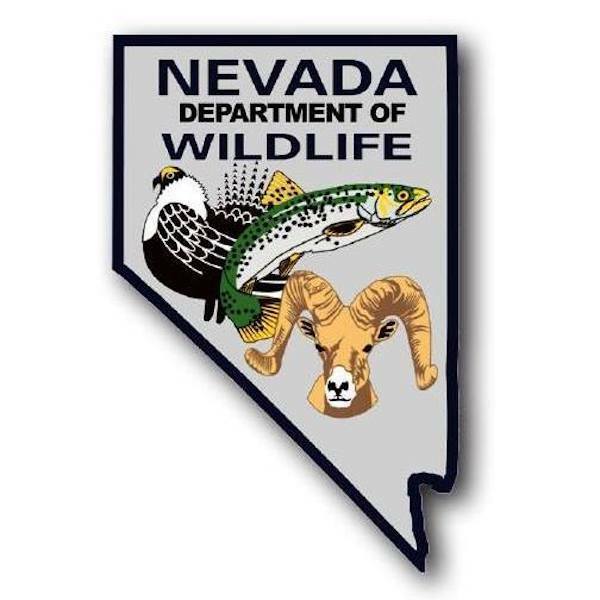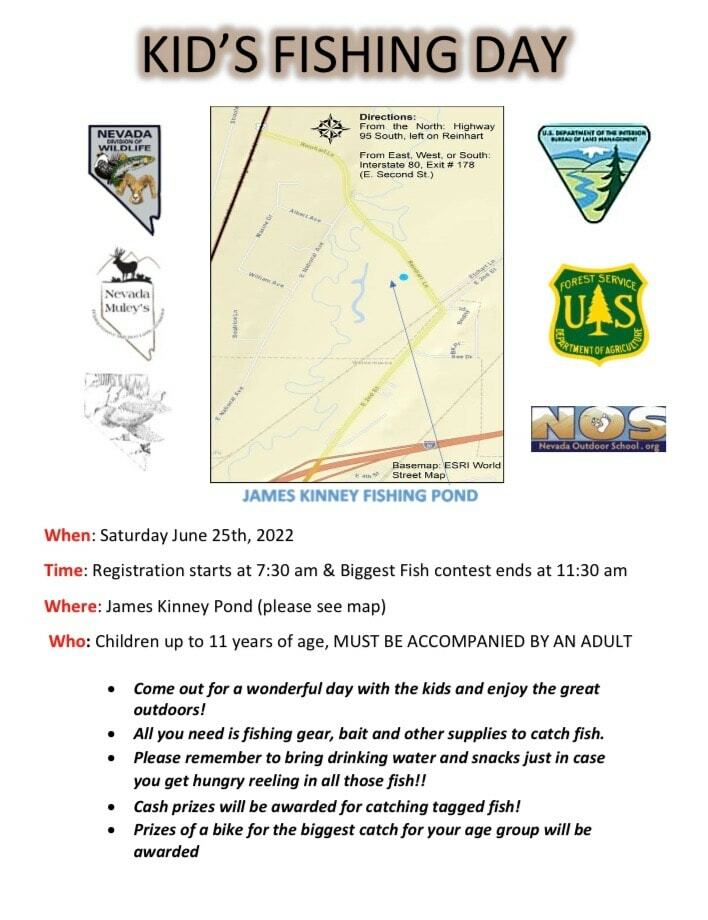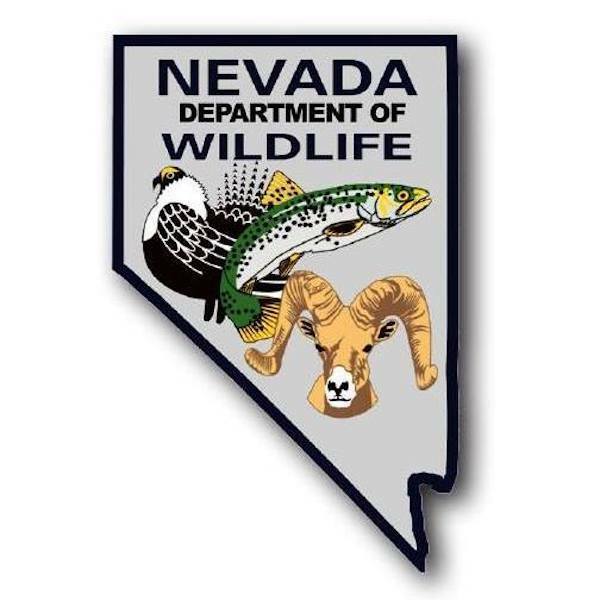Nevada Board of Wildlife Commissioners Approves 2022 Big Game Quotas

by Nevada Department of Wildlife
5-18-2022
Website
Nevada (May 2022) — During the May 2022 Nevada Board of Wildlife Commissioners meeting, the nine-member, Governor-appointed board approved the 2022 big game harvest quotas. Each year, after substantial scientific input and deliberation from wildlife biologists the Nevada Department of Wildlife (NDOW) proposes quotas to wildlife advisory boards, the public, and the Nevada Board of Wildlife Commissioners. This year’s quotas are reflective of a downtrend in wildlife populations statewide primarily due to long-term drought and habitat conversion or loss resulting from wildfires, urbanization, resource competition from wild horses, and more.
“The current drought conditions are the worst experienced in more than 1,200 years,” said NDOW Elk and Moose Staff Specialist Cody McKee. “Basically, there are fewer groceries on the landscape, they don’t last as long, they’re harder to eat, and don’t provide as many nutrients. This obviously poses many challenges to Nevada’s big game populations.”
Already the driest state in the U.S., Nevada’s drought conditions are further exacerbated by a megadrought affecting the southwestern region of North America. Although not all parts of Nevada are experiencing reductions in big game populations due to the megadrought, several regions of the state have reduced quota numbers.
“Despite the poor conditions reported across much of Nevada, there are a few bright spots in terms of growth and herd performance,” says NDOW Wildlife Staff Specialist Cody Schroeder. “Mule deer in area 6 and area 10 have observed above average recruitment and are above management objectives for buck ratios. Also, some antelope herds in Lander an Elko Counties are experiencing population growth and expansion and quota recommendations are designed to keep those herds in check. There should be plenty of hunting opportunity for mule deer and pronghorn hunters in those areas”
CURRENT STATE OF WILDLIFE IN NEVADA
One of the most important factors in determining healthy wildlife populations in big game animals is the nutritional condition of adult females and their ability to support newborn fawns. When adult females are operating on a lower nutritional plane, they’re faced with a dilemma: do I take care of myself, or do I take care of my young? Young, born to females in poor condition, are more susceptible to abandonment, starvation, and predation.
“We have observed the lowest numbers of young big game animals surviving that we’ve ever recorded in central and eastern Nevada,” says NDOW Game Division Chief Mike Scott. “In some areas, low fawn numbers have been observed in each of the past three or four years. Low fawn numbers in one year result in fewer adults in that cohort in future years. When you see the same phenomenon over multiple years, the result is downward trend in populations.”
Ultimately, the result is the same: fewer young recruited into the adult population. Juvenile recruitment observed in many of Nevada’s big game populations is below levels needed to maintain stable numbers. NDOW has also documented reduced adult survival in several areas, which further underscores the importance of nutrition for maintaining healthy and productive big game populations. Both reduced recruitment and adult survival experienced in many areas of Nevada precipitates the need to reduce quotas for most species and species classes.
“There are still many reasons for optimism” McKee adds. “Mountain goat populations are performing exceptionally well in the Ruby Mountains. Despite an overall reduction in elk tags, recommendations are stable or slightly increasing in many areas. Drought conditions are less severe in northeastern Nevada and juvenile recruitment for big game herds in this region is higher than experienced in other parts of the state. We’re also offering new and creative hunts to better manage some of our big game populations like a one-horn ram hunt for desert bighorn sheep and antler point restrictions for certain depredation elk hunts.”
HOW NDOW COLLECTS DATA
A quota is the number of tags for any given species that are made available to hunt. Determining a quota is an important part of maintaining the safe allowable harvest of animals and the hunting experience, while preserving healthy and sustainable populations.
For example, in the case of mule deer, NDOW biologists conduct both fall and spring surveys to determine estimated animal populations in a given area. During the fall biologists conduct post-season aerial surveys to determine the ratio of bucks (adult males), does (adult females), and fawns (juveniles) remaining after the deer seasons are concluded. This survey typically takes place during the rut, when bucks are most likely to be seen.
During the spring, biologists once again conduct aerial surveys, this time determining the ratio of adults to fawns. This data is used to determine fawn survival and recruitment related to the severity of the winter and to estimate population size.
Finally, NDOW relies upon harvest data provided by hunters after their season has ended. These surveys provide vital information—including animal sex, age class, antler points, effort, and more—that allows biologists to assess the metrics of the number of animals removed, along with the success rates of each area.
After all the data is collected, it is input into a computer model that provides an estimate of an area’s population. From there, biologists add the population estimate into an array (data program) that distributes the quota recommendations into various weapon classes based on weapon class demand from the most recent seasons.
HOW DATA IS EVALUATED
Once the recommendations are made, they are passed along to 17 county wildlife advisory boards at the end of April, where they are reviewed and receive input from the public. Each advisory board, with the public’s input, then votes to either support or suggest an alternative quota recommendation.
The quota recommendations then make their way in front of the Nevada Board of Wildlife Commissioners. Once again, the public can make comments at this stage. After the quotas become official, NDOW issues the tags to the applicants via a randomized draw process.
More Reports
Nevada Department of Wildlife Reports
for Tuesday, May 17th, 2022
Lake Mead: NDOW/NPS to Host Safe Boating Media Event at Lake Mead
James Kinney Pond: Kid's Fishing Day

5-16-2022
It’s that time of the year again; temperatures are getting warmer, school is ending, and the summer boating season is...... Read More
